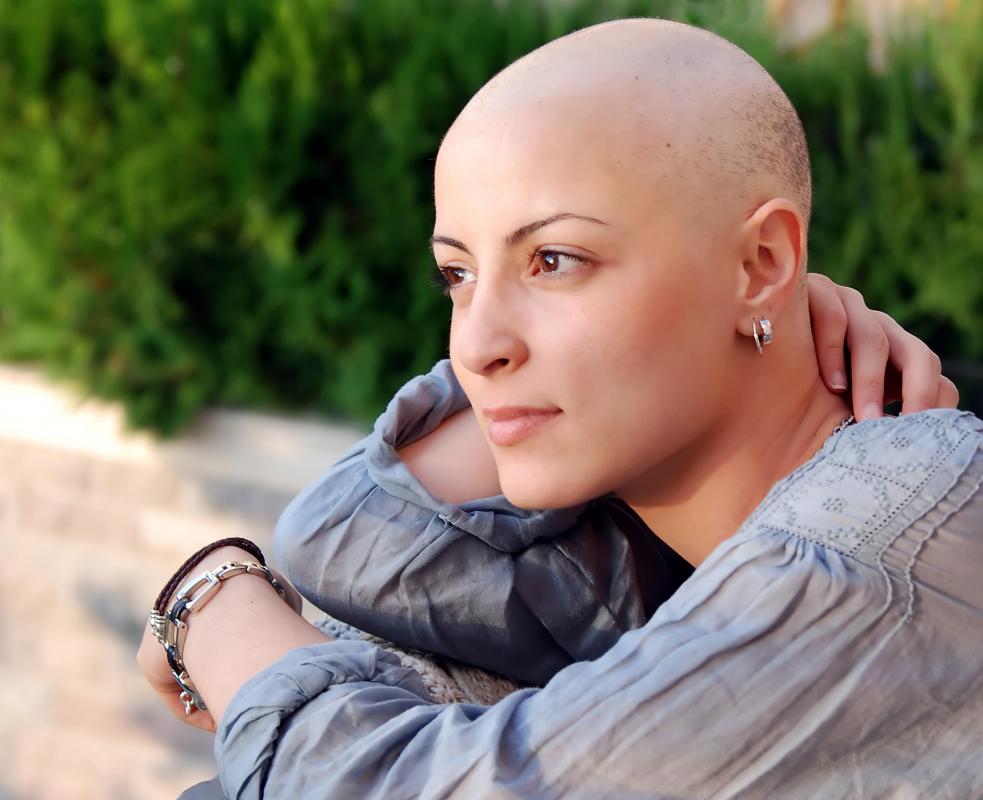At WiseGEEK, we're committed to delivering accurate, trustworthy information. Our expert-authored content is rigorously fact-checked and sourced from credible authorities. Discover how we uphold the highest standards in providing you with reliable knowledge.
What Is the Connection between Neutropenia and Chemotherapy?
The connection between neutropenia and chemotherapy is that chemotherapy can cause neutropenia. Neutropenia is a disorder of the blood that is characterized by unusually low numbers of neutrophils. A major component of the innate immune system, neutrophils are the principal defense against bacteria in the blood, preventing infection. Chemotherapy is used as a treatment for cancer, autoimmune diseases and inflammatory disease, applying medications that are selectively toxic to a particular microorganism, virus or bacterium.
Neutropenia is a common side effect of chemotherapy, and about half of patients who undergo this treatment experience the connection between neutropenia and chemotherapy. Chemotherapeutic agents attack rapidly dividing cells, such as cancer cells, and interfere with DNA production. This also affects normal cells such as neutrophils. Chemotherapy reduces the number of neutrophils that are being produced by the bone marrow, resulting in chemotherapy-induced neutropenia (CIN).

During chemotherapy, neutrophils typically begin to drop in count about one week into each round of treatment, reaching the lowest point about seven to 14 days after the round is finished. Typically, the bone marrow will then resume normal production of neutrophils, and levels will rise, attaining normal levels after three to four weeks. After a normal level is achieved, further rounds of chemotherapy can be given. The immune system is repressed, so antibiotics usually are given to the patient during this period.

CIN is an example of the connection between neutropenia and chemotherapy, and it results when the chemotherapy reduces the number of neutrophils below the accepted normal lower limit of 2,500 per microliter — or 1,500 per microliter among blacks and people of Middle Eastern descent. An absolute neutrophil count of 1,000-1,500 per microliter is classified as mild neutropenia, 500-1000 is moderate, and below 500 is severe. This subsequently leaves the patient at an increased risk of bacterial infection, which, depending on the severity, can be life-threatening.

The symptoms of CIN include fever, chills, sepsis, mouth ulcers and sore throat. Other symptoms include diarrhea and redness and/or painful swelling around wound sites. Infection often occurs from bacteria that are already present on the skin and in the gut, such as staphylococcus, which under normal immune conditions would not cause infection. CIN is diagnosed with a complete blood count, which includes a differential white blood cell count and identifies the percentage of neutrophils present. Sometimes, a bone marrow biopsy will be carried out to determine the specific cause.

Treatment of CIN can include an antibiotic or antifungal medication to help fight infection. Granulocyte colony stimulating factor (G-CSF) might also be used to encourage neutrophil production in the bone marrow. Corticosteroids, granulocyte transfusions and intravenous immunoglobulin therapy might also be given when a patient experiences the connection between neutropenia and chemotherapy.
Prevention of infection also is key. Patients who are undergoing chemotherapy are encouraged to employ rigorous hand washing, to avoid large crowds or contact with infected people and to avoid certain foods that increase their risk of foodborne illness, such as raw vegetables, soft cheeses and undercooked meats. In severe cases, hospitalization in an isolation room and the use of gloves, gowns and masks for any contact might be enforced.
AS FEATURED ON:
AS FEATURED ON:














Discuss this Article
Post your comments